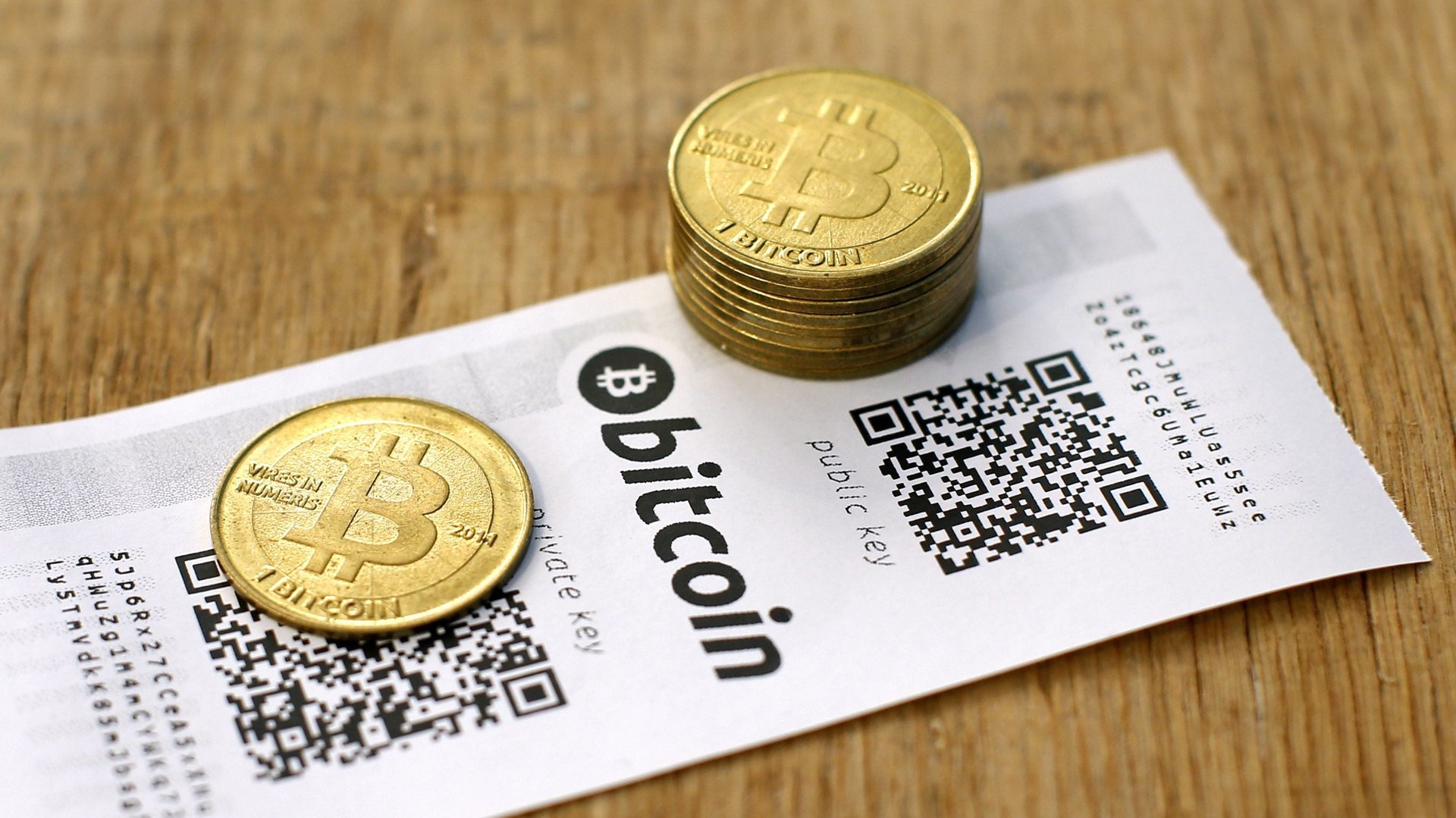Small-town India may hold the key to success for India’s blockchain-based digital rupee
The adoption of digital payments by the country’s smaller towns has laid the groundwork for the Reserve Bank of India’s (RBI) digital currency based on blockchain technology.


The adoption of digital payments by the country’s smaller towns has laid the groundwork for the Reserve Bank of India’s (RBI) digital currency based on blockchain technology.
The banking regulator has been working on the phased implementation of its digital currency—the central bank digital currency (CBDC) or the rupee in electronic form. A pilot may be launched by December.
The initiative, like offline digital payments, aims to actualise the government’s vision of a financial system with less cash.
The growing popularity of Unified Payments Interface (UPI), the National Payments Corporation of India’s flagship payment platform, in smaller towns has set the stage for easier adoption of the CBDC, according to Sachin Gaikwad, founder of Buildd, a Pune-based banking-as-a-service platform.
Approximately 450 million Indians live in the country’s tier-2 and tier-3 cities alone, comprising more than 30% of India’s 1.39 billion population.
While details of the CBDC’s structure, security, and interoperability are still unknown, analysts believe its adoption beyond India’s eight top cities will be easier if elements of the offline digital payments framework are integrated with it.
Digital payments in India beyond metro cities
The covid-19 pandemic pushed millions of Indians towards contactless digital payments.
In August 2021, providers of UPI, the main driver for QR code payments in India, recorded 3.5 billion e-payments worth 639,117 crore rupees ($85.2 billion)—more than a twofold increase from a year ago, RBI data show (pdf).
Interestingly, offline merchant payments, like those at grocery stores, grew faster than online ones. The payments app PhonePe, which records nearly 80% of its total transactions from tier-2, -3, -4 cities, and beyond, has the largest market share in the segment at 46%. This is followed by Google Pay and Paytm with 34.45% and 11.94%, respectively.
Besides convenience, the drastic shift has been propelled by merchants taking advantage of the low acquisition, maintenance, and infrastructure cost of using QR codes.
Until two years ago, most transactions involved debit cards at point-of-sale (PoS) machines.
“The cost of PoS machines is in the range of Rs5,000 to Rs15,000. The QR code has lifted this barrier,” Sandeep Sonpatki, Partner of Deloitte India said. “UPI has waived the Merchant Discount Rate (MDR), whereas card payments typically include an MDR of 1% to 2.5% which small business owners are reluctant to pay.”
The merchant discount rate is paid for the processing services on debit and credit card transactions.
Fostering digital payments in no-internet areas
On Oct. 8, the RBI had said it will release a nationwide framework (pdf) for implementing offline retail digital payments.
This followed a pilot scheme conducted between September 2020 and June 2021 to boost offline digital payments, which enabled transactions up to Rs200 without internet, and additional factor authentication. It involved 241,000 transactions worth Rs1.16 crore.
“The moment you enter the sub-200 category, you see that the infrastructure cost, transaction time, and issues from internet connectivity outweigh the benefit of digital payments,” Sunil Kulkarni, chief executive of Business Correspondent Federation of India told Bloomberg Quint.
In a country with 320 million feature phones, it is important for entities to accelerate the development of offline payments solutions via these devices alongside cards.
A PwC report suggests that customers awareness and education will be key to growth.
How will the CBDC work for retail customers?
Like digital payments through QR codes, analysts believe the adoption of the RBI’s digital currency for daily use will take at least five to seven years. It will ride on authorities’ initiatives to spread awareness.
However, the mechanism may not be too difficult to adapt to.
In the current framework, the medium of exchange is cash, which is debited from the sender’s bank account and credited to the receiver’s bank account in real-time. For the CBDC, the channels of payment remain the same. Just that it will be the electronic form of the rupee.
“There will be an overlap of existing digital payment modes and underlying can be CBDC instead of currency,” Gandhi said. “Obviously, there will be some nuances around distributed ledger technology which the regulators and industry will have to evolve, but that can be managed as a one-time change.”